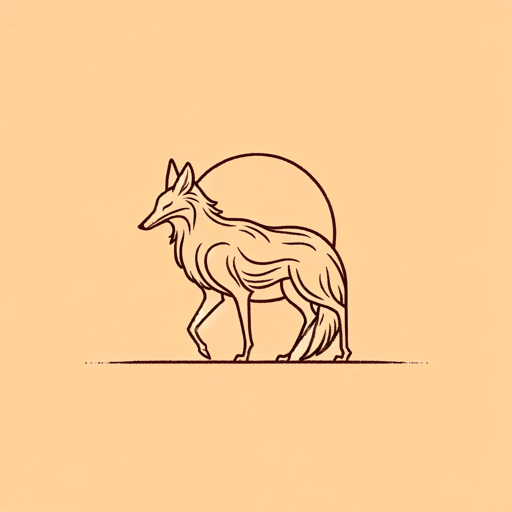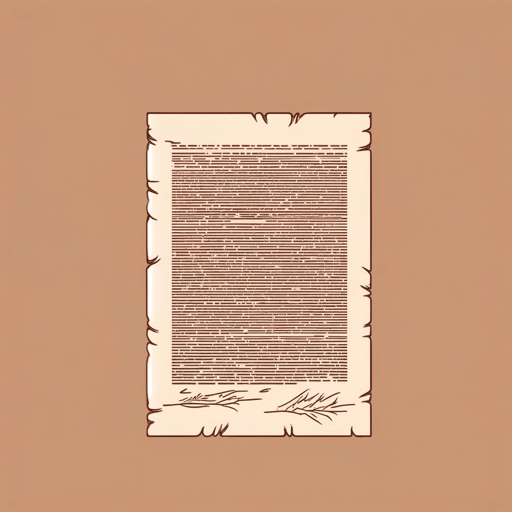64 pages • 2 hours read
Thomas KingThe Inconvenient Indian: A Curious Account of Native People in North America
Nonfiction | Book | Adult | Published in 2012A modern alternative to SparkNotes and CliffsNotes, SuperSummary offers high-quality Study Guides with detailed chapter summaries and analysis of major themes, characters, and more. For select classroom titles, we also provide Teaching Guides with discussion and quiz questions to prompt student engagement.
Themes
The Construction of Race
Throughout The Inconvenient Indian, King explores how racist narratives and stereotypes about Indians presented Native people as inherently savage or backward. Such narratives helped justify White violence against Native people and validate the idea that the death of Indian civilization was a historical inevitability.
In the 18th and 19th centuries, European anthropologists and scientists began arguing that the human species could be divided into a group of distinct race categories, with each race having inherent traits and characteristics. Individuals like Charles Darwin argued that some races were inherently more fit and capable than others, and advocated for “the superiority of Europeans over other races” (28). Writer James Fenimore Cooper wrote in his novel The Deerslayer that “White is the highest color” and that Indians were the lowest form of human races and could be described as “half human” (29). Such writers manipulated scientific arguments to present the hierarchization of race as “a scientific certainty” and often suggested that Indians represented a primitive stage in mankind’s evolution (29). King argues that “the need for race precedes race,” meaning the concept of race was created to justify the poor treatment of groups judged to be inferior to Whites (29).
The belief that Indians were a primitive civilization helped justify several violent and detrimental policies created by the US and Canadian governments.
Related Titles
By Thomas King

Borders
Thomas King

Green Grass, Running Water
Thomas King

Medicine River
Thomas King

The Back of the Turtle
Thomas King

The Truth About Stories: A Native Narrative
Thomas King

Truth and Bright Water
Thomas King

